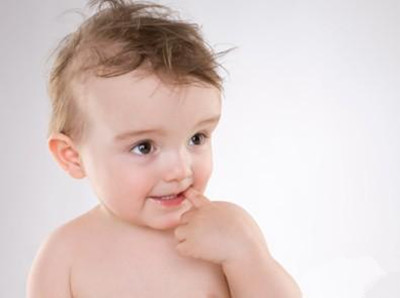It's hard to resist.
這真的是難以抗拒。
One look at those chubby cheeks, and the next you're cooing:“Who's a cute little baby?”
看著那些圓嘟嘟的小臉,然后你就會低聲嘀咕道:“誰是可愛的小嬰兒?”
Now research finds that by using this style of speech to talk to babies, you may be helping their early language development.
現在研究發現通過用這種交談方式和嬰兒講話,你也許能幫他們開發早期的語言能力。
Adults using so-called baby talk provide particularly good phonetic examples—producing sounds that are clearer, longer and more distinct from each other.
成年人使用這種嬰兒談話方式可以為寶寶提供良好的語音模板—發聲更清晰、更持久而且彼此之間確實不同。
Researchers used small digital recorders hidden in the vests of 11-and 14-month old babies to record the infants' auditory environment.
研究人員們在11到14個月大的小嬰兒的內衣里安裝小型數碼錄音設備記錄下他們的聽覺環境。

Thirty-second snippets were then analyzed to identify whether the parents used baby talk or regular speech, and whether speech occurred in one-on-one or group settings.
這些30秒的小音頻之后被分析用于確認是否他們的父母與之交流是用嬰兒談話方式還是一般講話方式,以及交談方式是一對一還是一對多。
The more parents engaged in one-on-one baby talk, the more the baby babbled—which is a precursor to word production—and the more words they produced at age two.
父母用一對一的方式和嬰兒交談越多,后者咿呀學語就會更多—這些都是詞語構建的前體音節—并且這些孩子們在2歲左右就能說更多的單詞。
The study will appear in the journal Developmental Science.
這項研究即將在《發育學》雜志上發表。
So parents, looks like if you chat regularly with your child, you'll soon be saying, “look who's talking.”
因此,年輕的父母們,如果你們如果能和孩子們規律的進行交流,你們很快就能看到孩子的進步。











